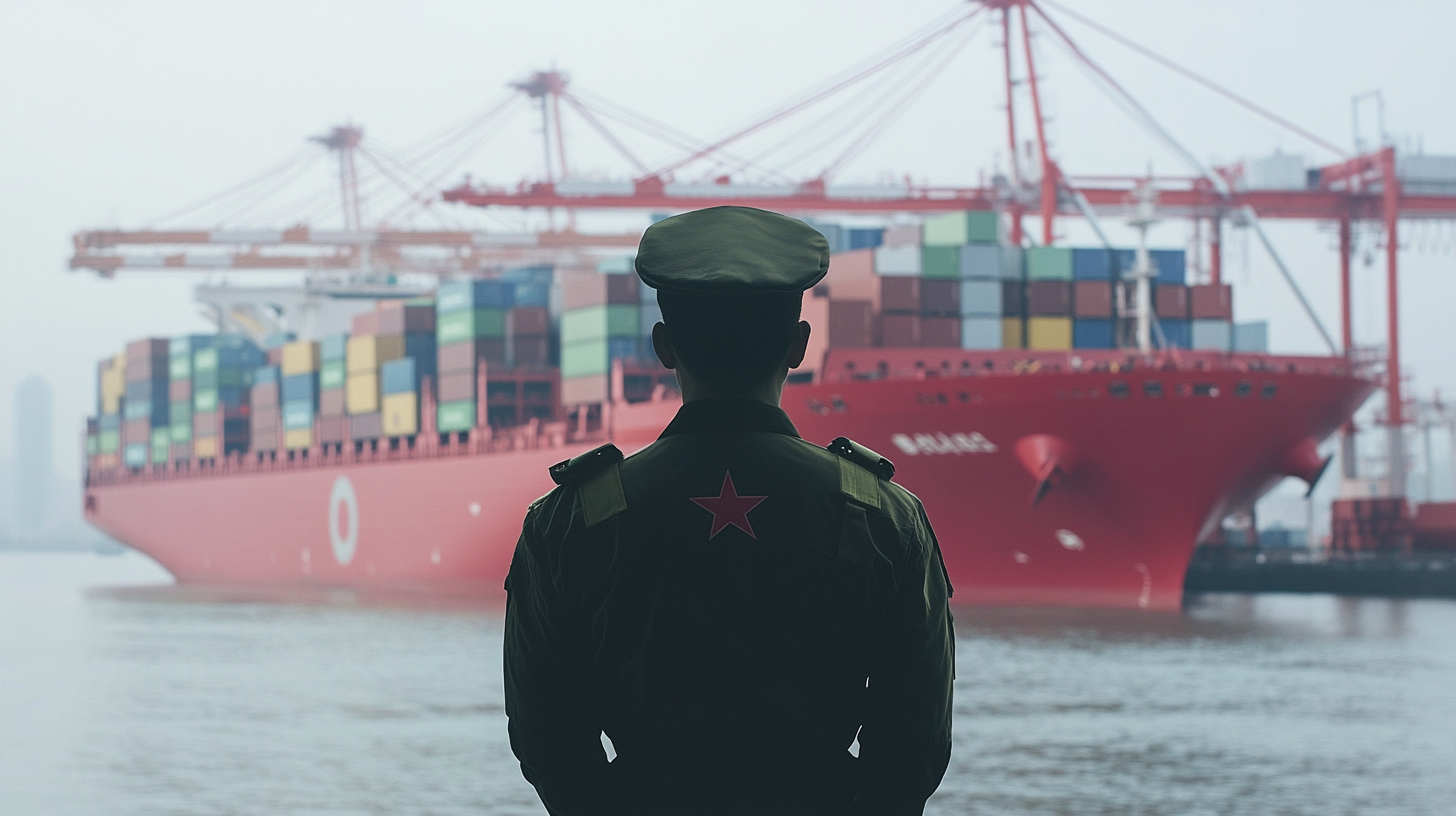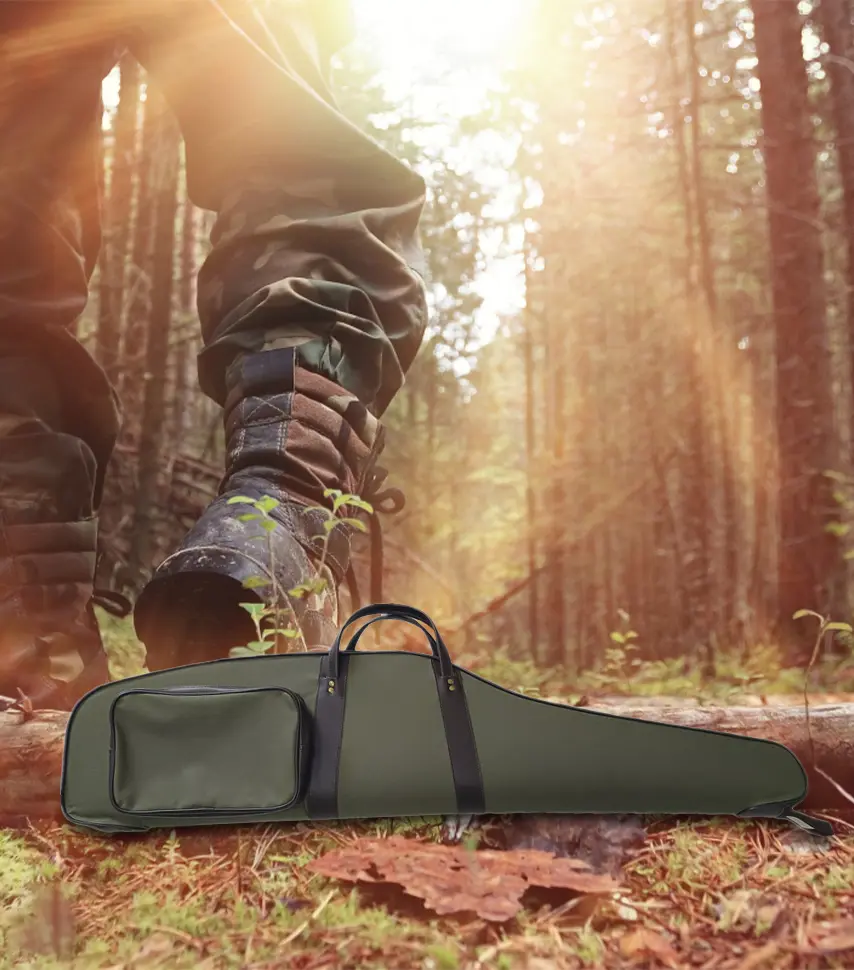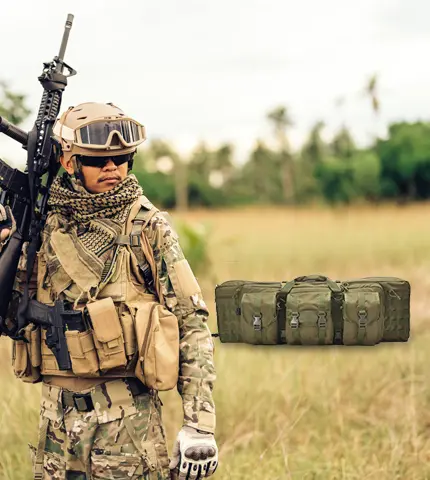Navigating Tariff Challenges to Boost Chinese Manufacturing for the Best Hunting Pee Bag
In recent years, the trade landscape between the United States and China has been heavily influenced by escalating tariff challenges. Despite these obstacles, certain sectors within Chinese manufacturing continue to thrive, demonstrating resilience and adaptability. One notable product riding this wave of growth is the Hunting Pee Bag, a must-have for outdoor enthusiasts and hunters alike. As manufacturers in China innovate and streamline their production processes, they not only cater to the rising demand for efficient and practical hunting gear but also position themselves to capitalize on global market opportunities. This blog will explore how Chinese manufacturers are navigating the complexities of tariffs while enhancing the quality and appeal of their products, particularly the Hunting Pee Bag, ultimately driving growth in a competitive landscape.
Understanding the Impact of US-China Tariffs on Manufacturing Dynamics
The ongoing US-China tariffs have significantly altered the manufacturing landscape, presenting challenges and opportunities for firms, including those in the production of hunting equipment like pee bags. Since the trade conflict initiated in 2018, manufacturers have had to adapt quickly, diversifying their supply chains to mitigate reliance on Chinese products. This shift not only drives innovation but also encourages domestic production within the US and other regions, in response to rising tariffs and changing consumer preferences.
As the tariffs continue to impact various sectors, including textiles, companies producing hunting accessories are exploring new materials and production techniques that could lower costs and improve quality. These changes highlight the need for manufacturers to remain agile, leveraging technology and fostering partnerships beyond traditional markets. Understanding these dynamics is essential for stakeholders to navigate the tumultuous waters of international trade while striving to sustain competitive advantages in a reshaped market.

Strategies for Chinese Manufacturers to Adapt and Thrive Amid Tariff Pressures
In the face of escalating tariff challenges, Chinese manufacturers must adopt innovative strategies to sustain their manufacturing prowess, particularly in the competitive sector of hunting accessories, such as pee bags. As per a recent report by the China National Bureau of Statistics, the impact of tariffs on manufacturing costs has surged, with some industries reporting an increase of up to 20% in production expenses. To navigate these hurdles, manufacturers can focus on optimizing their supply chains and exploring alternative materials that can reduce production costs without compromising quality.
**Tips:** One effective approach is to implement lean manufacturing techniques to enhance efficiency. By minimizing waste and streamlining operations, manufacturers can offset increased costs. Additionally, fostering partnerships with local suppliers can reduce lead times and transportation costs, further contributing to competitive pricing.
Moreover, embracing advanced technologies such as automation and smart manufacturing can lead to significant improvements in production speed and precision. A report by McKinsey highlights that companies integrating these technologies can see a productivity boost of 30-50%. By investing in these innovations, Chinese manufacturers can not only mitigate the impact of tariffs but also position themselves as leaders in the hunting accessory market.
**Tips:** Regularly monitoring tariff developments and proactively adjusting pricing strategies can help maintain market share. Engaging in lobbying efforts to advocate for favorable trade policies can also serve as a long-term strategy to enhance market stability.
Innovative Approaches in Product Design: Enhancing the Best Hunting Pee Bag
In the competitive landscape of outdoor gear, innovative product design plays a crucial role in enhancing user experience and functionality. The best hunting pee bag is no exception, as its design must effectively address the needs of hunters while maintaining portability and ease of use. By integrating advanced materials that are both lightweight and durable, manufacturers can create pee bags that withstand harsh weather conditions and rough handling in the field.
One of the key approaches in enhancing these products is the implementation of ergonomic features. A pee bag that fits comfortably within a hunter's gear can significantly improve usability during extended trips. Additionally, incorporating elements such as odor control technologies and easy-clean materials ensures that hygiene remains a top priority without compromising convenience. As manufacturers explore these innovative designs, they not only improve the practical aspects of hunting gear but also position themselves to better navigate the challenges posed by tariffs and market fluctuations in the manufacturing sector.
Market Share of Material Types for Hunting Pee Bags
Leveraging Technology and Automation to Overcome Tariff Challenges
As the global economic landscape evolves, tariffs pose significant challenges to manufacturers, particularly those focused on innovative products like hunting pee bags. However, leveraging technology and automation can transform these challenges into opportunities. Recent insights indicate that automation adoption is expected to rise, with nearly 60% of manufacturing leaders citing efficiency improvement as a key objective amidst tariff uncertainties. This shift towards smart manufacturing not only aids in cost control but also enhances competitiveness in a volatile market.
**Tips:** To effectively navigate tariff challenges, consider investing in advanced supply chain visibility tools. These can assist in monitoring cost fluctuations in real-time, enabling companies to react swiftly to tariff changes. Additionally, exploring automation technologies can streamline production processes and reduce reliance on manual labor, thus minimizing overall costs.
As industries adapt to increased tariffs, they must embrace technological advancements. Reports show that sectors heavily impacted by tariffs are integrating AI and robotics more than ever, with a projected growth rate of 20% in industrial automation technologies by 2025. This evolution signifies the importance of staying ahead of the curve, ensuring manufacturers not only survive but thrive in the complex arena of global trade.
**Tips:** Partner with technology providers to leverage data analytics and automation solutions. This collaboration can yield insights for better decision-making, allowing businesses to anticipate trends and adjust strategies proactively.

Future Prospects: The Evolution of Chinese Manufacturing in a Tariff-dominated Landscape
In the ever-evolving landscape of global manufacturing, Chinese manufacturers face unique challenges shaped by tariffs and trade policies. These changes have driven the industry to adapt rapidly, especially in niche markets like hunting gear. The surge in tariffs not only affects export prices but also compels manufacturers to rethink their production strategies, fostering innovation and resilience. By leveraging advanced technology and automation, Chinese companies are striving to improve product quality and efficiency, ultimately positioning themselves as competitive players even amid trade restrictions.
Looking towards the future, the evolution of Chinese manufacturing will likely pivot towards sustainability and customization. With consumers increasingly prioritizing eco-friendly products, manufacturers have the opportunity to integrate sustainable practices into their operations. Additionally, the rise of direct-to-consumer sales channels allows for more personalized offerings, catering to the specific needs of hunting enthusiasts. As the industry navigates these tariff challenges, it is essential for manufacturers to remain agile and responsive, ensuring they not only survive in a tariff-dominated landscape but thrive by capitalizing on emerging trends and consumer demands.

Home
About Us
Products
FAQ
News
Contact Us






 Hunting And Shooting Bag LSH
Hunting And Shooting Bag LSH Tactical Military Bag & Vest LST
Tactical Military Bag & Vest LST Archery Bag LSC
Archery Bag LSC Fishing Bag LSF
Fishing Bag LSF Others LSB
Others LSB

